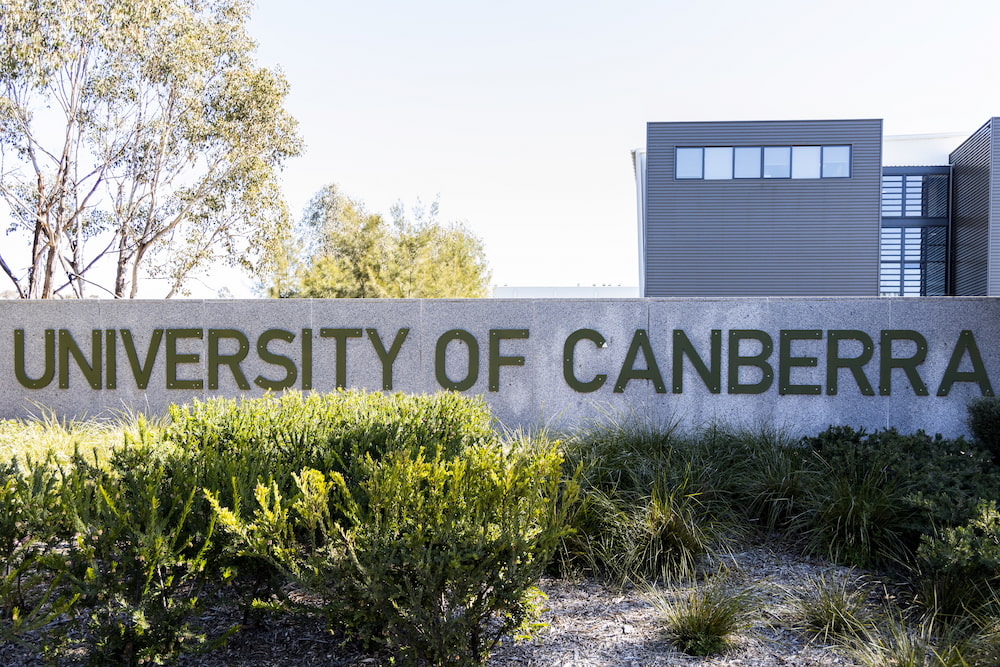Australia should fund universities like schools, according to a new report released today by Victoria University’s Mitchell Institute.
In a first of its kind analysis, the Needs-based funding: Lessons from the school sector report modelled what would happen if universities with higher rates of students from disadvantaged backgrounds received more funds. This approach is used in the school system and is known as ‘needs-based funding’.
The analysis shows universities in regional areas, and those with high enrolments of students from lower socioeconomic areas would gain the most. If adopted in the same way as the school system, this would result in an 11.2 per cent increase in overall student funding, or about $1.3 billion.
“A needs-based funding model would mark a major shift in how universities are funded,” lead author and Mitchell Institute Director Associate Professor Peter Hurley said.
“We know universities with a higher proportion of students from low socioeconomic backgrounds have poorer completion rates. Resources matter, and there is a lot of evidence that shows extra funding to institutions with higher concentrations of student disadvantage can help improve outcomes.”
The report also highlights how a ‘Gonski’ funding model for universities might avoid the need for an international student levy, through a “capacity to contribute” measure.
For private schools, a ‘capacity to contribute’ score is calculated using parents’ income. Independent schools with more advantaged students then receive less funding from the government.
This concept could be applied in higher education so universities with greater international student revenue relative to domestic student revenue receive less government funding.
“Resources are not distributed evenly through the university sector and that is why an international student levy has been proposed,” Associate Professor Hurley said.
“But putting the burden on international students is not the answer. Our proposed approach is fairer while still achieving the aim of distributing funds to the institutions – and the populations they serve – who need it the most”.
The new report comes as the Australian Universities Accord suggested a similar needs-based funding model to replace the controversial Job Ready Graduates policy that cut funding to courses viewed as having poor employment outcomes.
“Our research found that needs-based funding models are very technical. Much more work is required to make sure it would be appropriate for Australia’s higher education sector. The Australian Universities Accord was right to identify needs-based funding as a policy direction, but it is only the first step towards a new model,” Associate Professor Hurley said.



